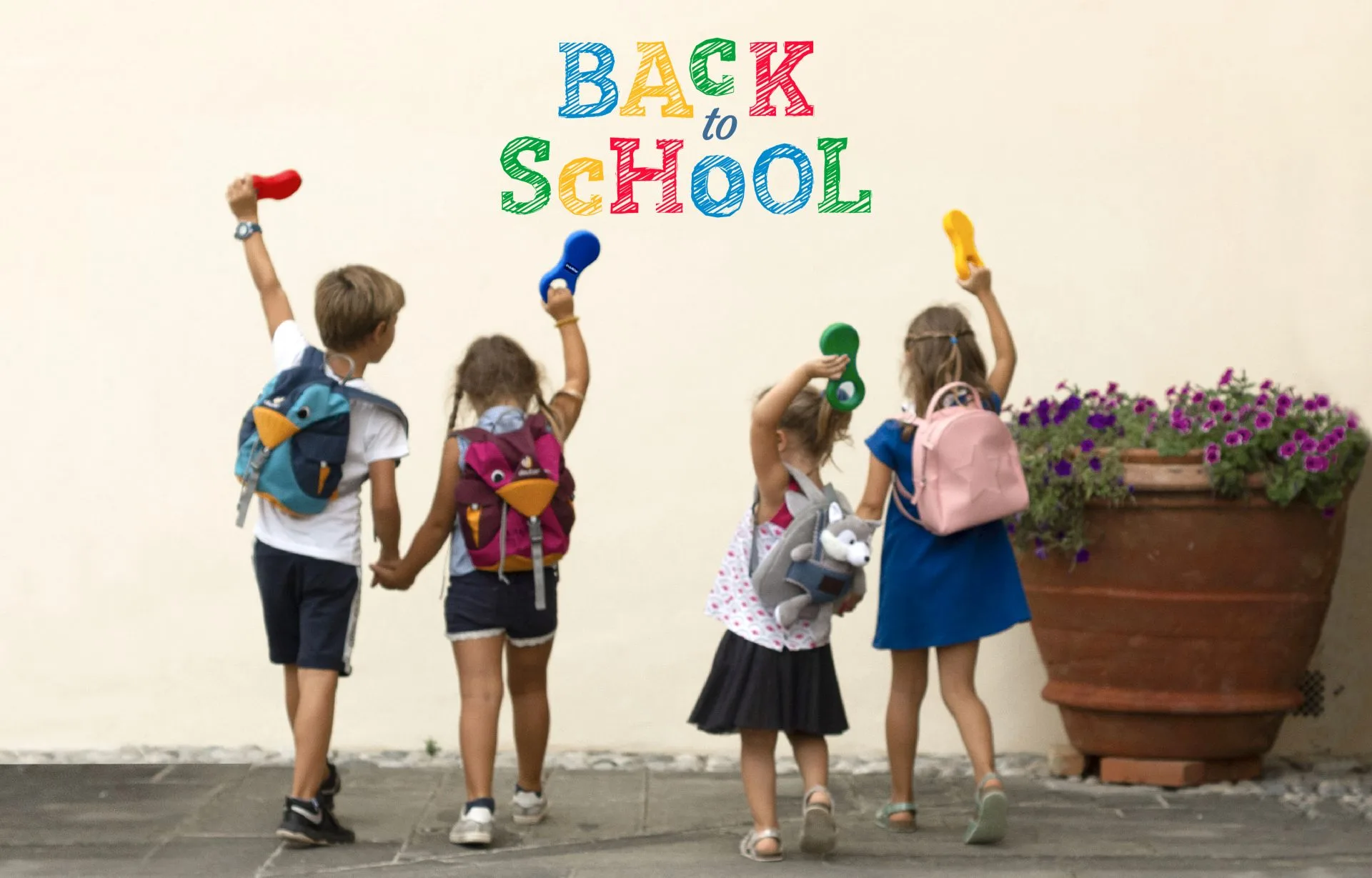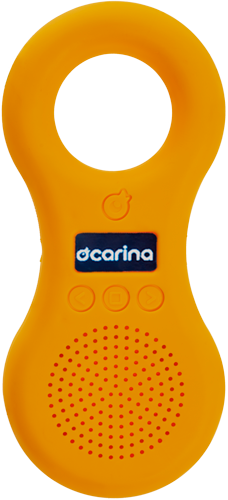The most common thing for all students and teachers, and one that marks the end of summer vacation, is the arrival of September and the fateful back-to-school day. While this is a happy time full of new things, for many children, the “back to school” can be a source of stress, especially for toddlers and young children who will attend preschool or elementary school for the first time and spend many hours away from their homes and parents.
On The pOnd, two teachers, friends of Ocarina, talked to us about their experience with children, especially how they manage to welcome the little ones as best as they can, making the hours spent at school calmer and happier.
Manon is a preschool teacher in Vienne (France) and Eliana is a preschool educator and promoter of many creative workshops for preschoolers in Aprilia (Italy). In addition to being passionate about their work, both are very active on social networks where they talk about the activities they offer to their little students.
For both Manon and Eliana, all children need to be listened to and, at the same time, to learn to listen: to a story, to a piece of music, but also to pay attention to who is talking to them, their parents, their teachers, their friends. Helping children to talk about their emotions and to listen to the concerns and opinions of classmates with whom they share the back to school, for example, can help them feel less alone, to grow and to overcome more serenely a moment of difficulty such as the separation from the family and the insertion in a new context.
According to Manon, music is a fundamental tool for developing children’s listening skills, which she believes are increasingly lacking. “Children are more and more dependent on screens, they are captivated by images without paying attention to sounds”, the teacher tells us, “My first objective is to help them create their own images and magination”. That’s why it’s important to listen. There are different types of sensory perception: visual, auditory, kinesthetic. It is up to us to propose these three procedures to the children…. Each one will then choose the one that best suits them and their needs…”.
Eliana has also noticed that children often lose their attention during educational projects and reading workshops, precisely because of a ” banalized ” listening. For this reason, she tries to “actively involve them in the proposed reading or activity, stimulating their curiosity to pay attention with a specific goal, thus getting them used to listening with a purpose”. According to her professional experience, “music and fairy tales reading are a valuable aid to children’s cognitive and emotional development, as they empathize and associate what they hear with their personal experience.”
Both teachers use the Ocarina in their classrooms specifically to engage children in listening. In particular, Manon has included rhymes about animals in the Players. “We studied the animals of the world and learned different rhymes. The songs were then placed in the Ocarina, which were then placed in the listening corner. All of the children could then listen to the rhymes independently, whenever they wanted, or to reinvest the words.”
Eliana also uses Ocarina in her classroom and says that its strength is its intuitive nature: “It is a valuable tool in the classroom (and outside as well) because it is versatile, practical and easy to use, even by children who like to take responsibility for the material they use, being able to change themselves the audio track to listen to.
Thanks to our teacher friends Manon and Eliana, we have developed little tricks that teachers and adults can use to help children develop their ability to listen and tell their stories. This is undoubtedly a fundamental step in the growing up process, discovering new things, getting familiar with the outside world, such as new classmates and new teachers.








